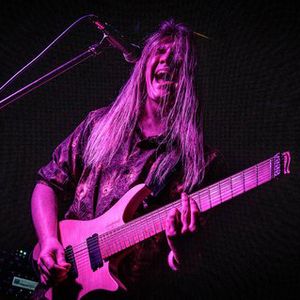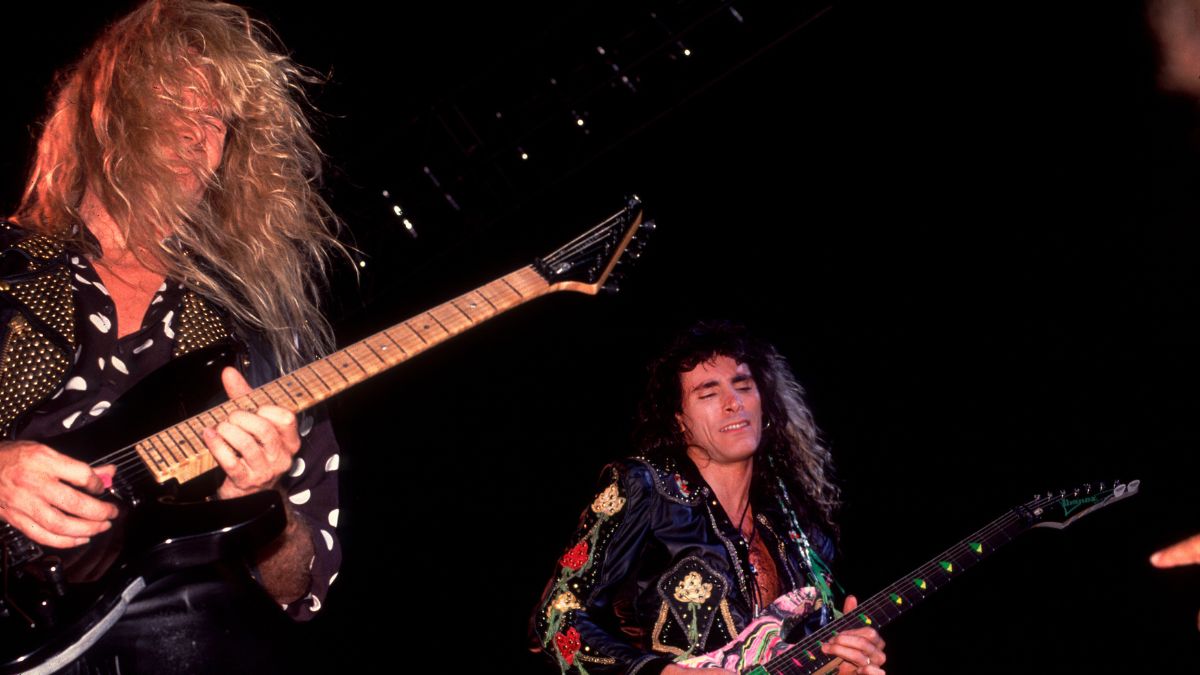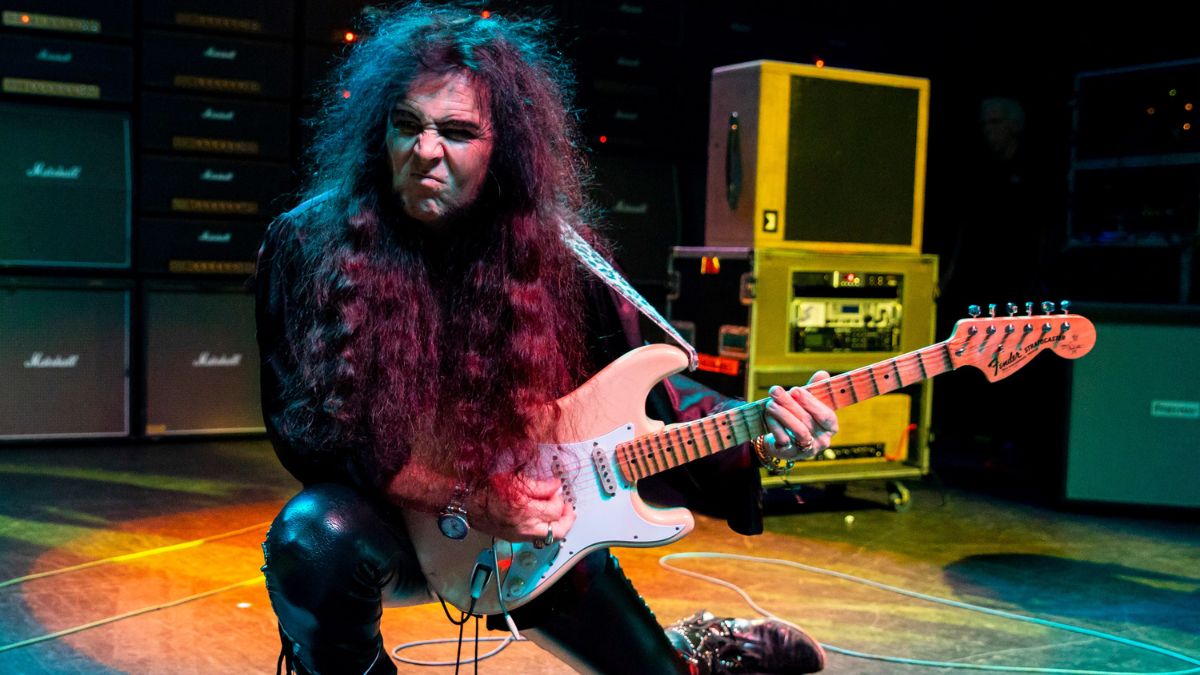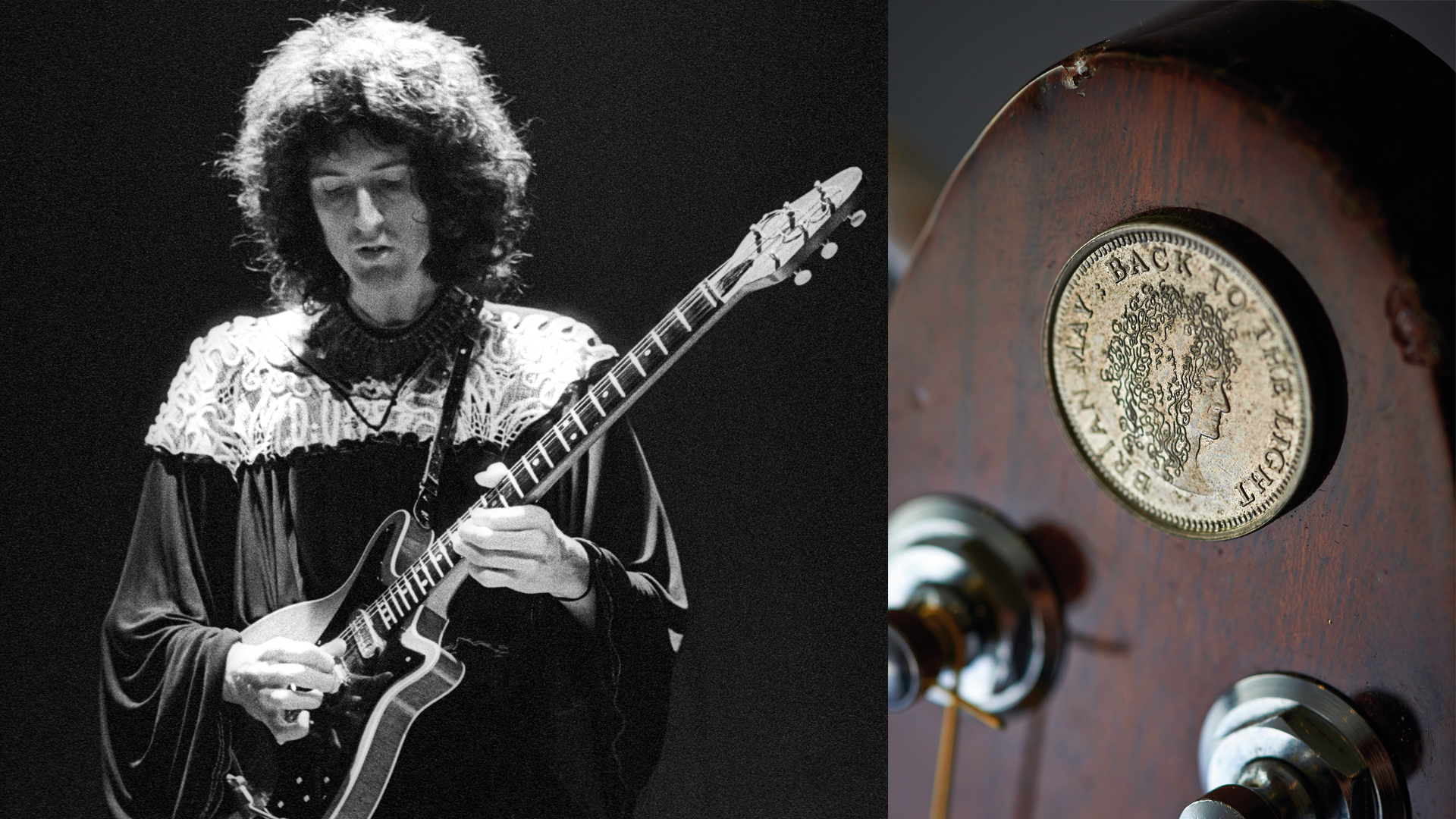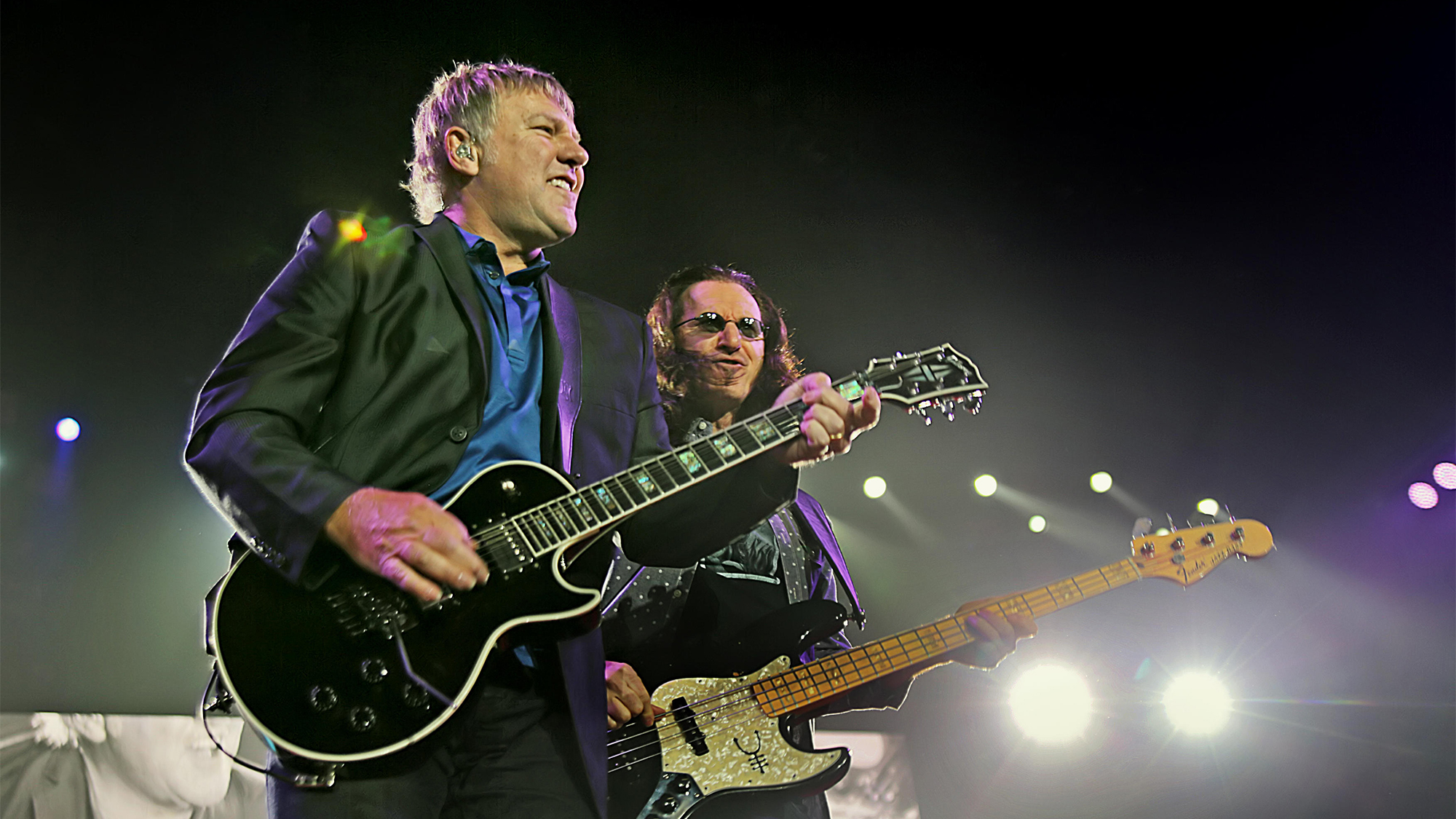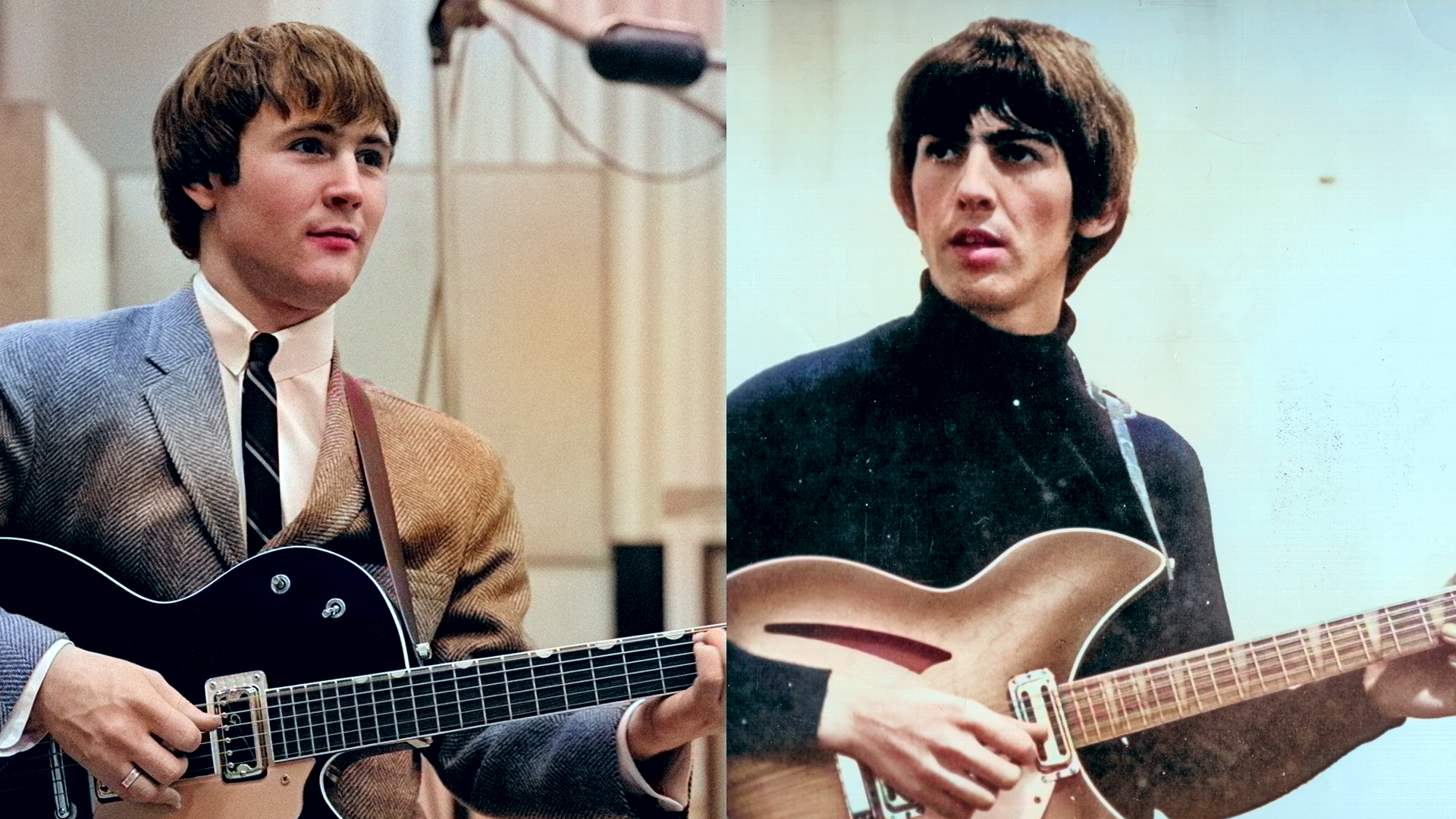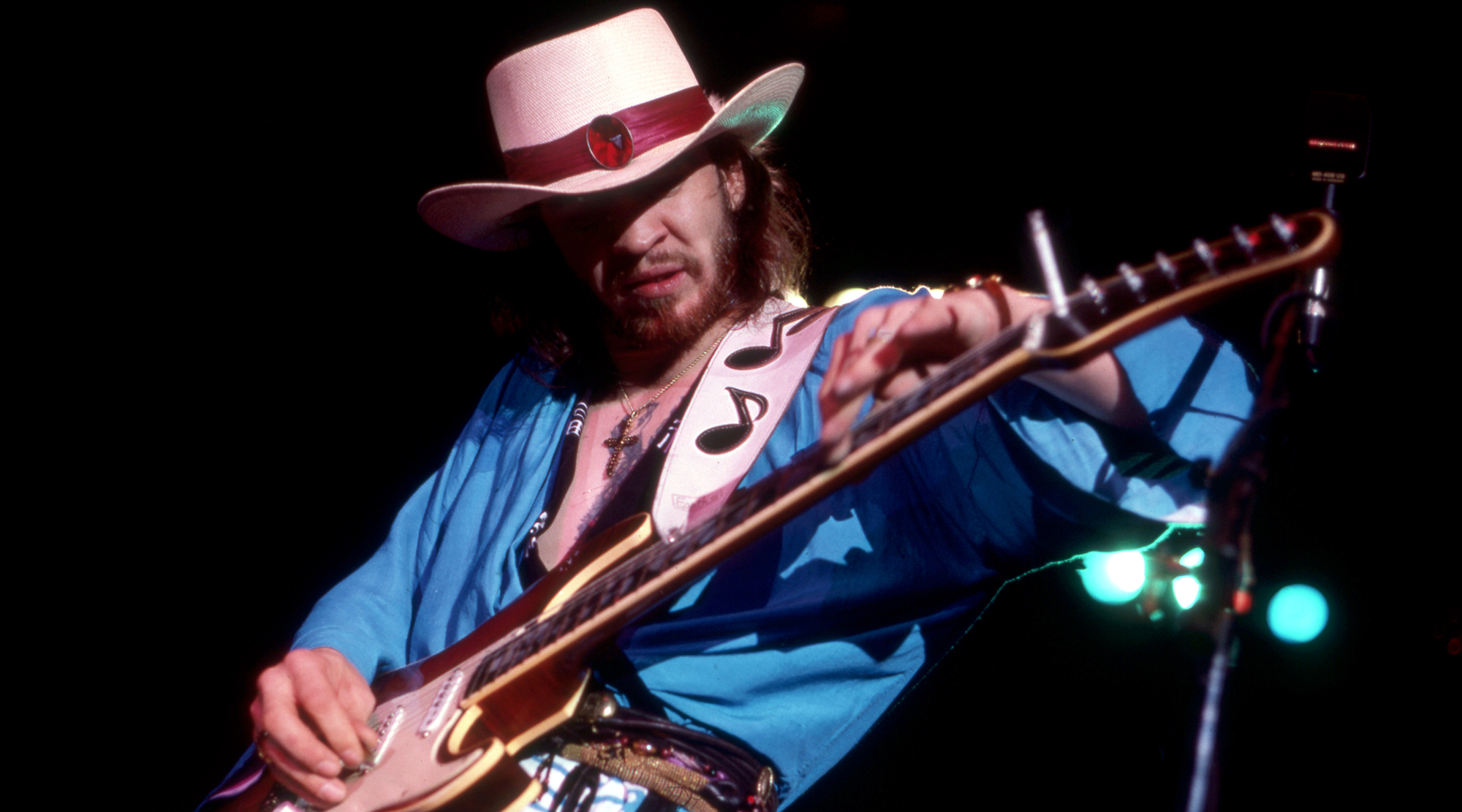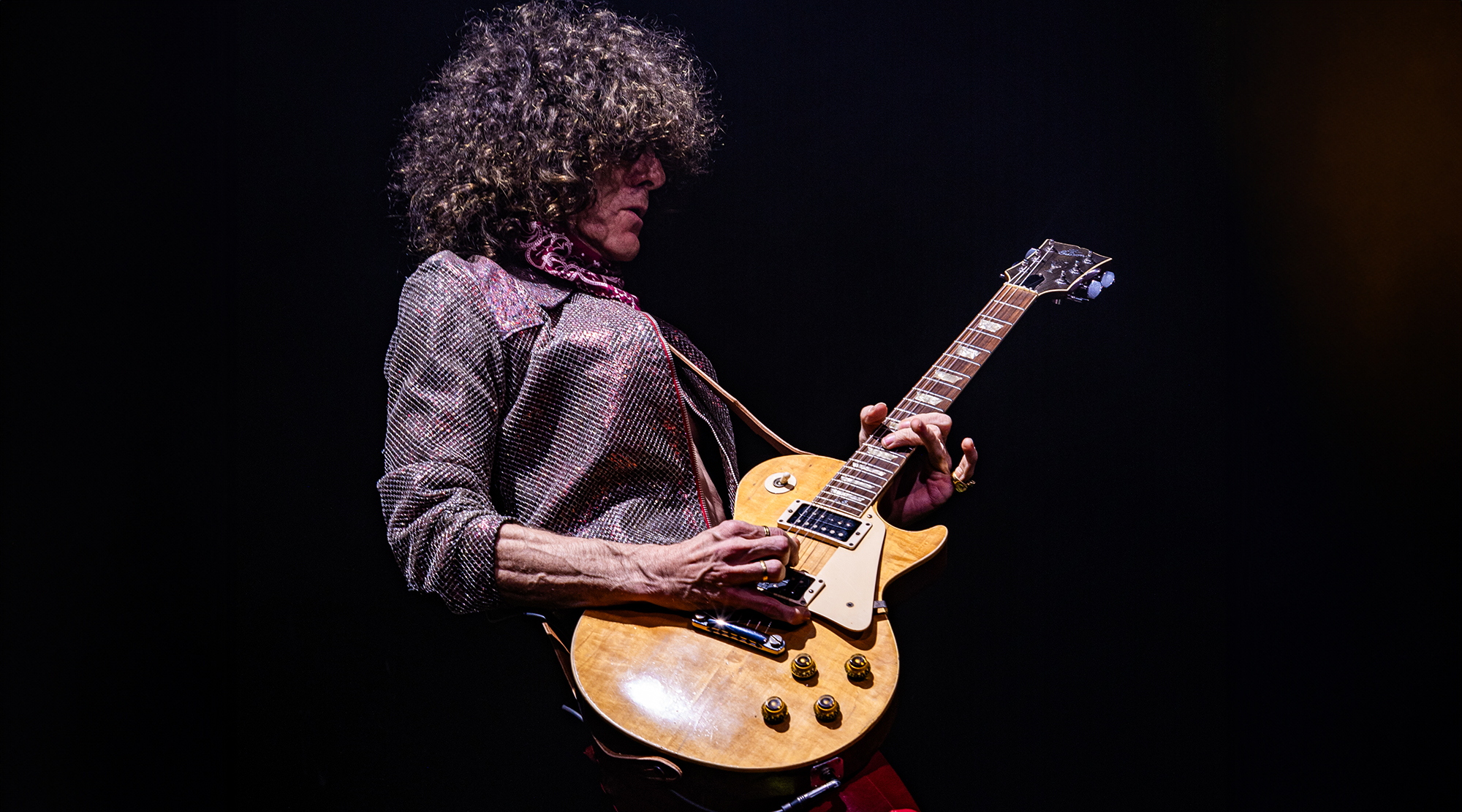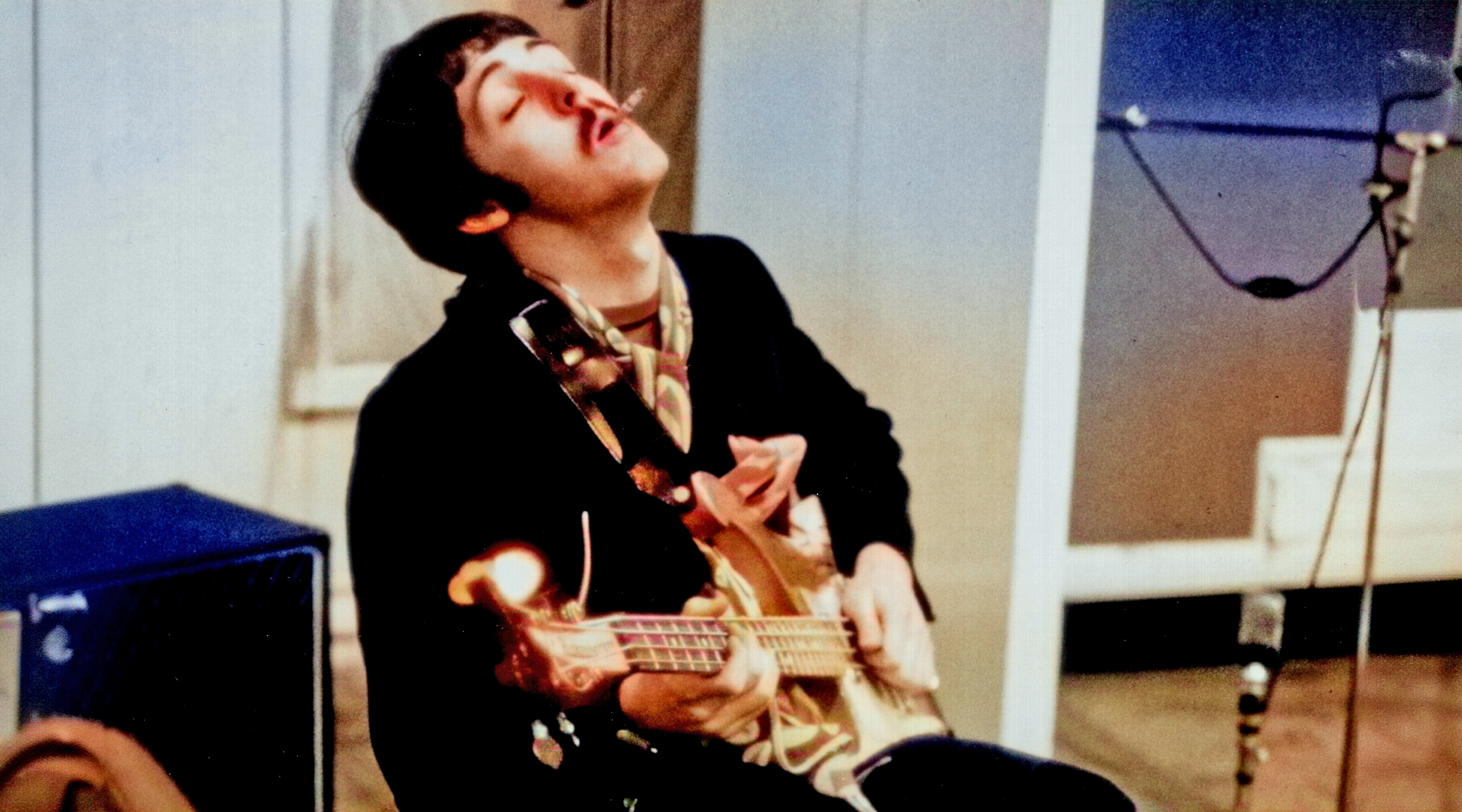“If you can't do it in two takes, you can't do it”: David Lee Roth was a demanding band leader – his former guitarists dish the details on what it was like to be his foil
David Lee Roth had a litany of guitar-playing talents in his band and they all agree on one thing…

When David Lee Roth left Van Halen in 1985, he did so believing he could go bigger and better than the band he was leaving behind. Though his solo career never hit the dizzying heights that Eddie Van Halen and company enjoyed, his penchant for picking guitarists for his band can never be questioned.
Steve Vai, Jason Becker, Steve Hunter and John 5 are all hugely inspiring and individualistic players, and they helped spin gold from Roth’s core ideas. But they often had to do so under strict circumstances. On the surface, Roth was a party animal – and he did plenty of that – but behind the scenes, as John 5 explains, he could be unforgiving.
Save for his one-off industrial metal album with Judas Priest frontman Rob Halford as 2wo, John 5 was an unknown when he cold-called the singer's management, hunting for his next gig.
“I got the number from the back of [Roth's autobiography "Crazy from the Heat"],” he recounts to Spin's Lipps Service. “I called his management company. I was like, 'Hey, you guys looking for songs by chance?' They're like, 'Yeah, you could send them.'”
With no money in his pocket, he called in favors for studio time, and tracked a handful of Van Halen-channeling demos. Impressed by what they heard, Roth's camp invited him to meet with the singer at Los Angeles's famous Ocean Way studios. But he quickly learned it wasn't going to be an easy gig.
“It was crazy. This is where [Van Halen] did every song and rehearsed,” he says of his time at Ocean Way.
But when the singer discovered that John 5 – then known simply as John Lowery – was rehearsing ahead of a tour with 2wo, he moved to ensure he got the guitarist at his freshest, before he rehearsed with 2wo. David Lee Roth wasn’t one for sloppy seconds.
Get The Pick Newsletter
All the latest guitar news, interviews, lessons, reviews, deals and more, direct to your inbox!
“At 6 am we started recording [what would become 1998’s “DLR Band”]. We did it live, and it was incredible. And he goes, 'If you can't do it in two takes, you can't do it.' And I was like, 'Whoa. This is insane!'”
Stevce Vai, Roth's first hotshot shredder, faced similar pressure cooker scenarios. “My ideas were being depended on, because I was the guitar player and it was very cool,” he told VPR Rocks. “When Dave came along, it was an opportunity to stretch that muscle and it resonated well because he has a bizarre sense of humor, and so do I.
“The energy that the whole band created was indestructible,” he says. “He depended on us to write the music, to write lyrics and melodies too. Not only did I have the freedom to write what I wanted, I had to push myself to go beyond my own vision.”
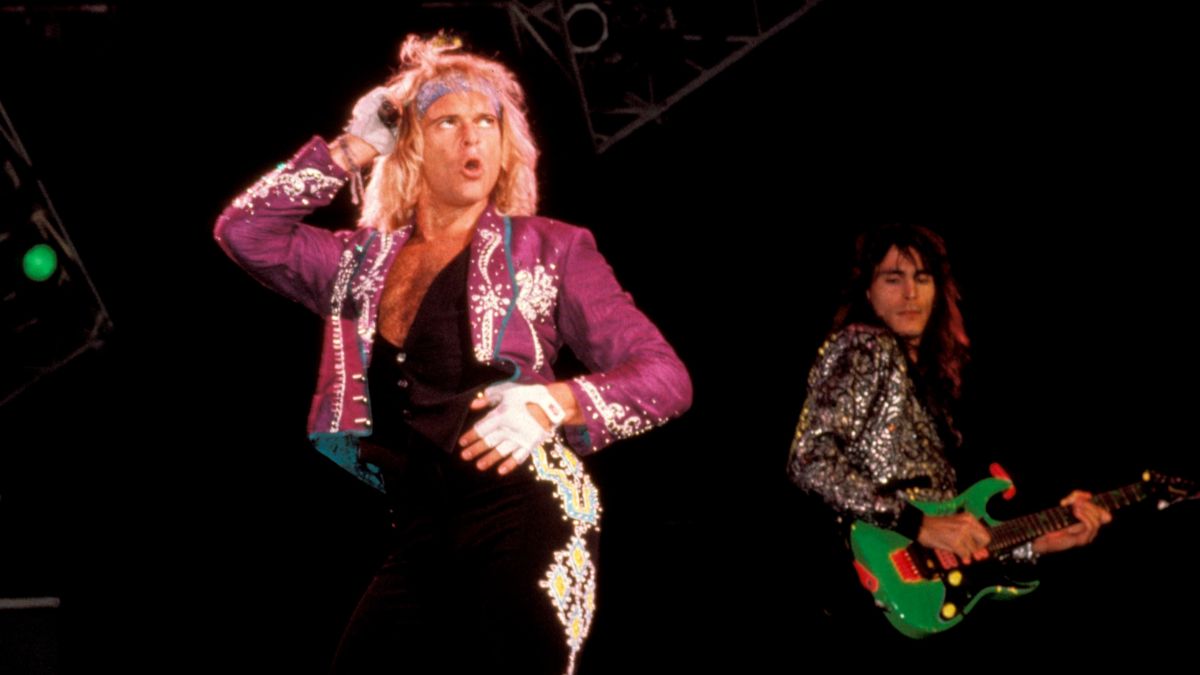
When Vai parted ways with the group, Roth turned to another white hot talent, Jason Becker, whose stock could hardly have been higher in 1990, after name-making albums with Cacophony, Marty Friedman, and as a solo artist. Despite the hype around him, Roth wanted to sculpt the guitarist's sound to ensure he matched his vision of a group entering a new era.
As Steve Hunter explained to Guitar World in 2023, his demands of Becker left the young guitarist needing his assistance.
You just do what Dave tells you, and everything's fine
Brian Young
“Jason came over for a few guitar lessons because David Lee Roth wanted him to ‘add a little more blues in,’” he reveals. At first, Hunter felt Becker's youthfulness and shredding style would be a barrier, but when he told the seasoned session player that his favorite player was Stevie Ray Vaughan, “we hit it off”.
“I said, 'OK, alright, that's good. How would you like to hear where Stevie Ray got his stuff?' And I put on an old Albert King album called ‘Years Gone By’, and Jason was floored by it.”
With a greater appreciation of the blues, Becker took to his task with aplomb, although his time in the band was cut short as his struggles with ALS brought a premature end to his playing career.
Brian Young, Roth's guitarist for four years from 2002, also saw his skills pushed to their limits during his DLR days.
“To be in the David Lee Roth band, you've basically gotta go through this boot camp to toughen you up,” he said during a 2021 appearance on Rock N' Roll Icons With Bode James. “I wouldn't say he's difficult, but he expects a lot, and he's demanding. He's a perfectionist for everyone else, even for himself. So working with him wasn't easy.
“He's paying everybody. It's his name on the marquee, so there's no argument. When Dave says something, you just do it. And I do like that. Whatever he says, whether it's right or wrong, everybody agrees with it or not. You just do what Dave tells you, and everything's fine.”
A freelance writer with a penchant for music that gets weird, Phil is a regular contributor to Prog, Guitar World, and Total Guitar magazines and is especially keen on shining a light on unknown artists. Outside of the journalism realm, you can find him writing angular riffs in progressive metal band, Prognosis, in which he slings an 8-string Strandberg Boden Original, churning that low string through a variety of tunings. He's also a published author and is currently penning his debut novel which chucks fantasy, mythology and humanity into a great big melting pot.

